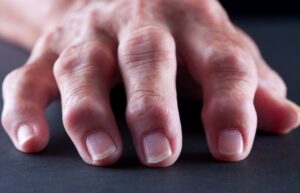Swimmer’s Shoulder (Impingement syndrome)
Shoulder pain is very common amongst the swimming population. Swimmer’s shoulder, also known as impingement syndrome, is an inflammatory condition of the narrow bony space in the top of the shoulder.
The rotator cuff tendons as well as the biceps tendon can become irritated as they pass through or alongside the space. The space can be further narrowed by poor technique, weak muscles or postural position. The friction in this area then irritates the tendons and causes pain in the front of the shoulder.
All phases of the swimming stroke can impact on this part of the shoulder and cause problems. Below are the top risk factors for developing shoulder pain from swimming so next time you are in the pool think about your freestyle technique to see if you can optimise your positioning to increase your power as well as protect your shoulder.
Top Risk Factors
- One sided breathing
- Over reaching your stroke
- Crossing your midline with arm as you pull through
- Hand higher than your elbow when the arm exits the water
- Overdeveloped muscles at the front of the chest, weak muscles at the back of the chest
- Overtraining; swimming with fatigued muscles
- Reduced mid back (thoracic) rotation
- Turning your palm out as your hand enters the water
- Use of hand paddles when the arms are not strong enough
- Use of a kick bid if mid back is too stiff
How can Physiotherapy help?
It is important to note that if you experience persistent pain in your shoulder during or after swimming you should stop swimming and have the shoulder assessed by one of our physiotherapists. This is an injury that can become worse if you ignore or push through the pain.
We will need to assess if there is any damage to the tendons and advise on the best treatment. We can also assess the balance of flexibility and muscle strength required to optimise your swimming technique and advise on exercises to achieve this.
By Louise Henderson


